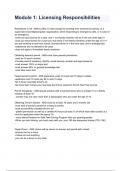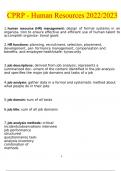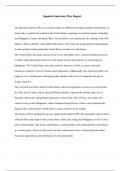Resume
Summary Everything you need to know for ALEVEL PSYCHOLOGY
- Cours
- Établissement
A 68 page booklet with all the information you need for each topic within A Level Psychology. This booklet outlines and evaluates theories, studies and anything else you need to know. This booklet includes all topics in psychology (but only relationships, schizophrenia and addiction from the option...
[Montrer plus]












